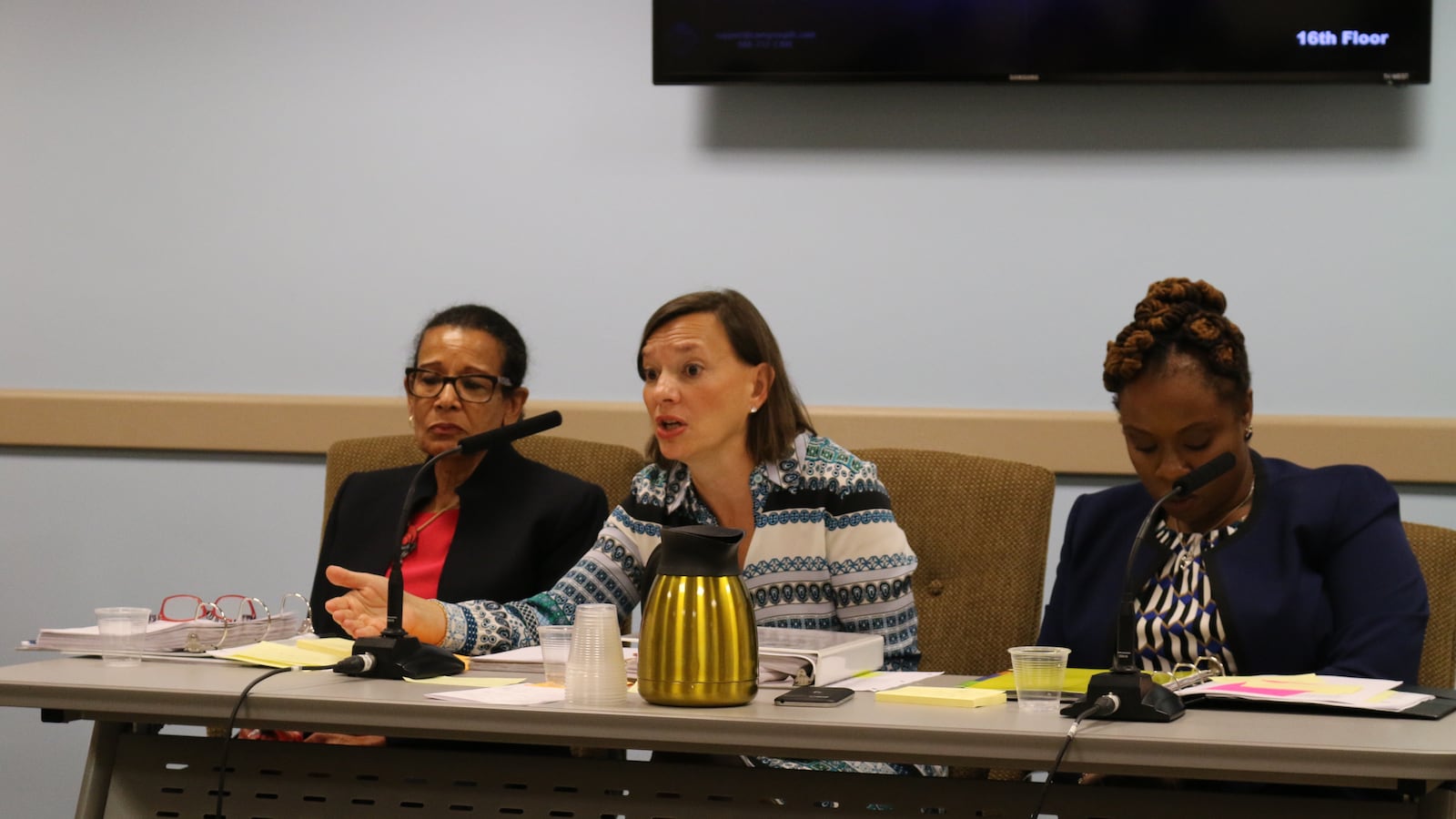One in ten New York City students was homeless at some point last school year — a staggering number of vulnerable students who pose a special challenge for schools and city officials.
The rise in homeless students is tied to an overall increase in homelessness in the city, where a record number of people now stay in shelters. Mayor Bill de Blasio’s administration has scrambled to serve this growing population by creating more shelters and affordable housing — though critics say not enough — while his education department focuses on keeping homeless students in school.
At a City Council hearing Wednesday, lawmakers grilled city officials about their strategy for meeting the needs of students in temporary housing, who tend to do worse in class than their peers and miss many days of school.
Here are three big takeaways from the hearing about the city’s homeless students and the administration’s response to this crisis.
There are twice as many homeless students in New York City as total students in Boston
More than 111,500 public school students experienced homelessness last school year, according to state data released this week, or roughly one in ten students in the city’s district and charter schools. Those students may stay in homeless shelters, motels or crammed into friends’ or relatives’ apartments.
That represents a 6 percent increase over the previous year, and is the largest number since the state began keeping records. Overall, roughly one in eight of city students experienced homelessness at some point in the last five years, according to the Institute for Children, Poverty, and Homelessness.
“Homelessness is at a crisis level in this city,” said City Councilman Daniel Dromm, who heads the education committee.
The city is boosting resources at schools with the most homeless students.
The education department is deploying extra programs and services to accommodate more homeless students, but acknowledged there could be room for improvement, top officials said at Wednesday’s hearing.
Deputy Chancellor Elizabeth Rose said the city is dispatching social workers to 43 elementary schools with high rates of homeless students, an increase from last year. She also pointed to $10.3 million her department has spent on programs like shelter-based reading clubs and hiring staffers whose job is make sure homeless students make it to school.
The city has expanded its network of “community schools,” which are filled with social services for students and their families. It also launched a bus service last year for homeless students in grades K-6 so they can stay in the same school even if their families are relocated to distant shelters.
There have been “small signs” that the city’s programs are paying off, Rose told lawmakers after two hours of questioning — before adding that much hard work remains.
“We believe there is an enormous amount of work that still needs to be done,” she said.
The city is attacking the issue, advocates say — but not quickly enough.
Lawmakers peppered education department and homeless services officials with questions about whether the city’s plan is enough for students who struggle with the most severe effects of poverty.
They asked whether there are enough education department staff in shelters, why those staff members must only attain a high school diploma, whether the city could do more to make sure homeless students aren’t regularly bouncing between schools, and why the education department doesn’t offer bus transportation for preschool students in shelters.
At one point, after suggesting the city create a task force to study problems facing students in temporary housing, City Councilman Stephen Levin suggested the city wasn’t moving aggressively enough.
“What you’re describing is the status quo,” he said, “and the status quo is unacceptable.”
Randi Levine, policy director at Advocates for Children, said in an interview that the city is moving in the right direction — just not quickly enough.
As an example, she pointed out that more than 150 schools have populations where at least 10 percent of students live in shelters — yet the city is only sending 43 extra social workers to schools with high homeless populations. The city should raise that number to 100, she said.
“The city has taken considerable steps,” Levine said. “But the statistics show the significant need for the city to redouble its efforts.”

